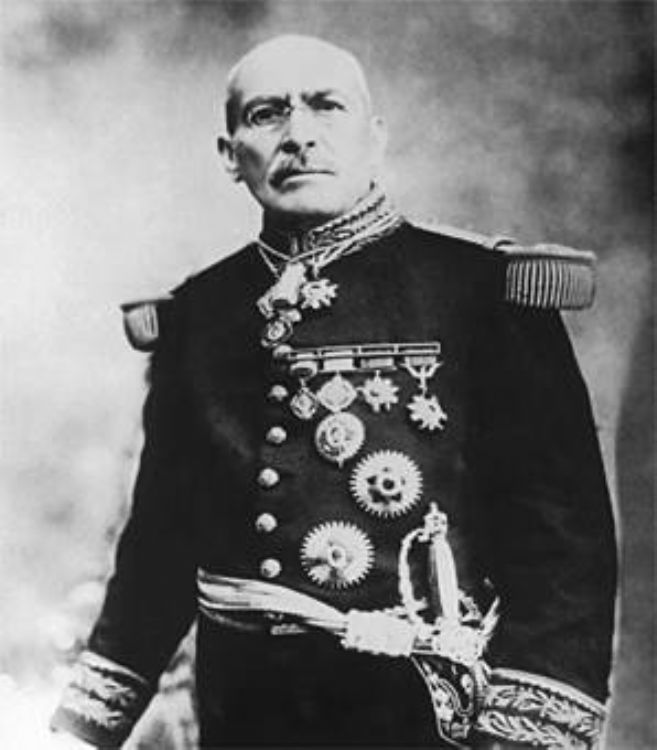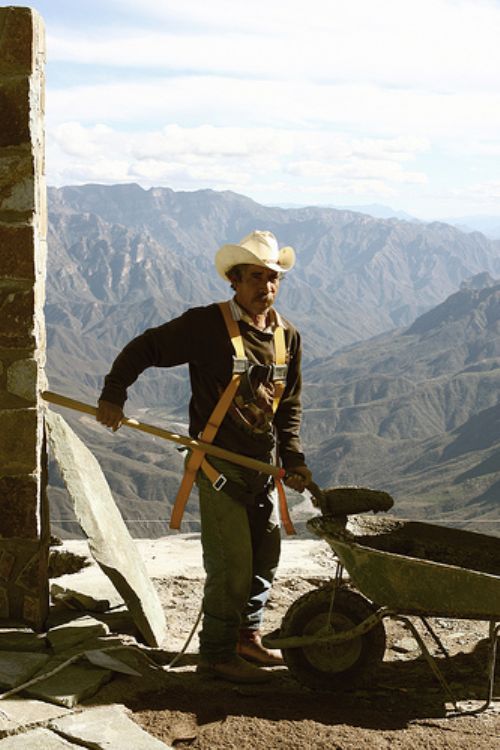
Mexican Workers Social Benefits
In Mexico there are various social benefits granted by la...
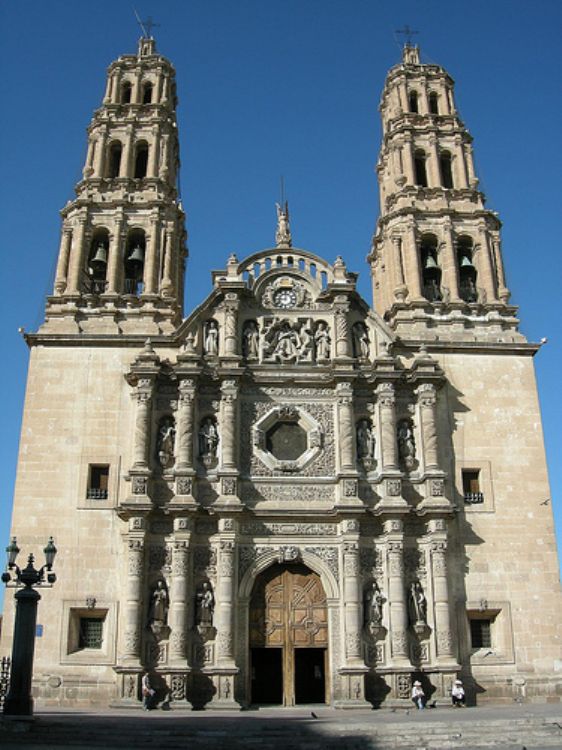
The city of Chihuahua, current capital of the namesake State, was born in response to the need of a villa for the mining settlement of Santa Eulalia in 1709. During that time, the territory belonged to the province of Nueva Vizcaya and had to follow the governor's orders regarding the villas' location. This is why the city of Chihuahua was founded on the edge of the Chuviscar River and named San Francisco de Cuellar.
A few years later, in 1718, the settlement was officially constituted under the category of villa and changed its name to San Felipe el Real de Chihuahua. During that same year, the Jesuit missionaries constructed the Loreto School, for providing a Catholic education to the villa's residents. Afterwards, in 1725, the people of Chihuahua constructed the current Cathedral.
With the arrival of the XIX century and the start of the Mexican Independence, Chihuahua was the scenario of great battles and climatic moments, as in the execution of the "ânation's father"â, insurgent Creole and first leader of the armed movement, Don Miguel Hidalgo y Costilla.
Almost at the end of the struggle, on the 21st of July 1823, the Mexican city of Chihuahua was created. From then on, there was a great technological, economic and social progress, such as the establishment of the first printing press and the publication of the first news; the opening of the first library of local congress and the first local theater; the creation of the Instituto Literario and Casa de Estudios, among others.
During the North American invasion of Mexico at the beginning of the century, the northern capital was overtaken a couple of times by the invading army, without causing great harm to the population.
In 1865, the city was overtaken again, this time by the French lead by Capitan Brincourt; on this occasion, occupation lasted longer and General Terrazas had to intervene in order to banish the enemy from Chihuahua land.
One of the most important personalities in the city's history is legendary Francisco "âPancho"â Villa, who despite not having been born in Chihuahua, was adopted by all Chihuahua dwellers thanks to the effective action he took during the brief time he worked as State Governor in 1913. His controversial and passionate personality placed him in a very special place in the country's history. The "âCentaur of the North"â was assassinated in an ambush in El Parral, Chihuahua.
Since then, the city of Chihuahua continued an uninterrupted development process, currently positioning it as a boisterous Mexican city with an excellent quality of life.
The city is located in the center of Chihuahua State and has more than 1 million inhabitants with a growth rate of 1.47%. Its education level is one of the country's best and its population is 98% literate. Also, the per capita Gross Domestic Product (GDP) is the third highest in the country, with USD $9,107.

In Mexico there are various social benefits granted by la...

The oil industry in the world has changed dramatically in...
.jpg)
Mexico offers mountain climbers tempting peaks to explore...
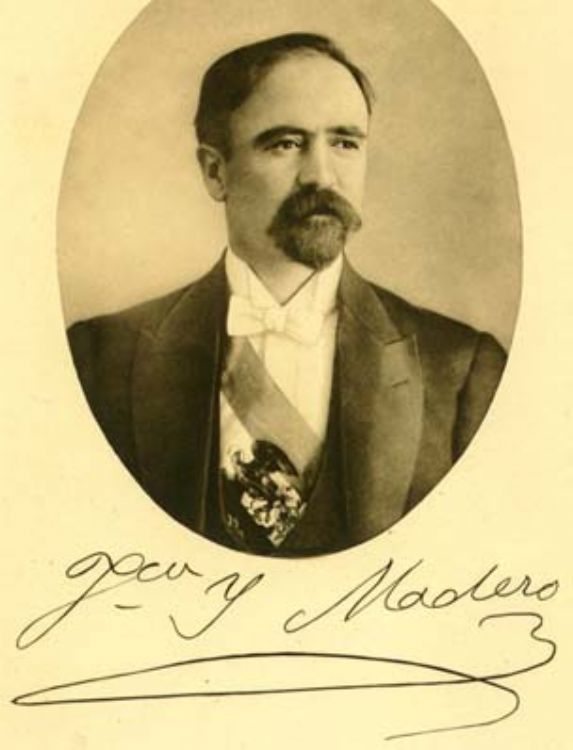
The Mexican Revolution has been one of the political-soci...
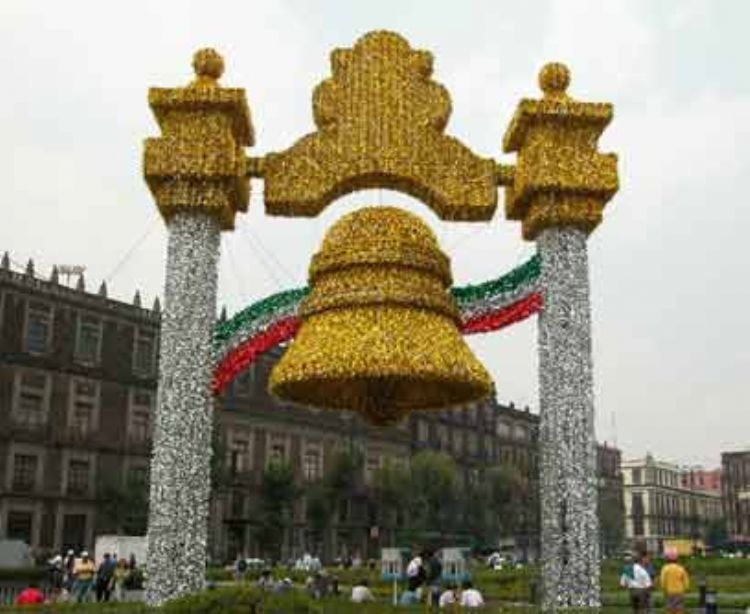
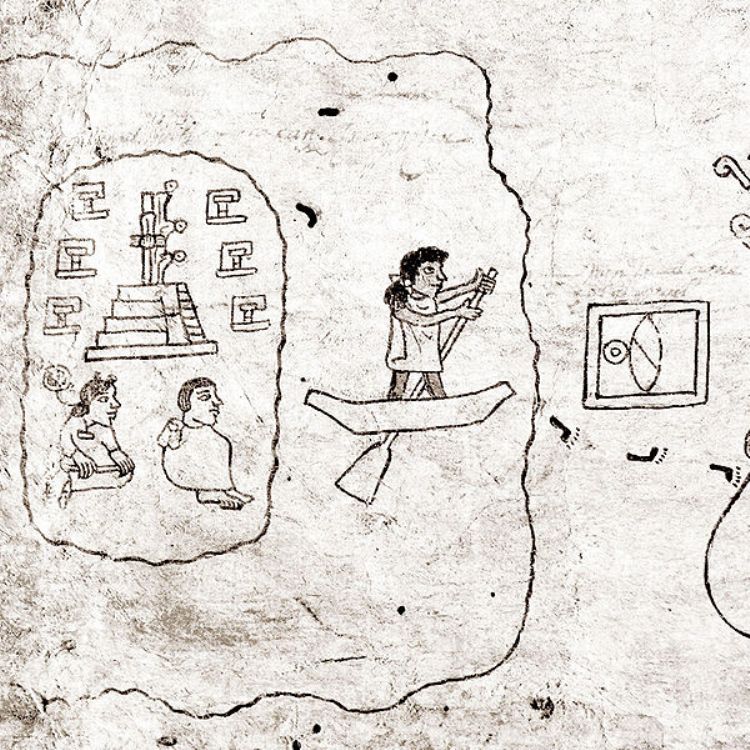
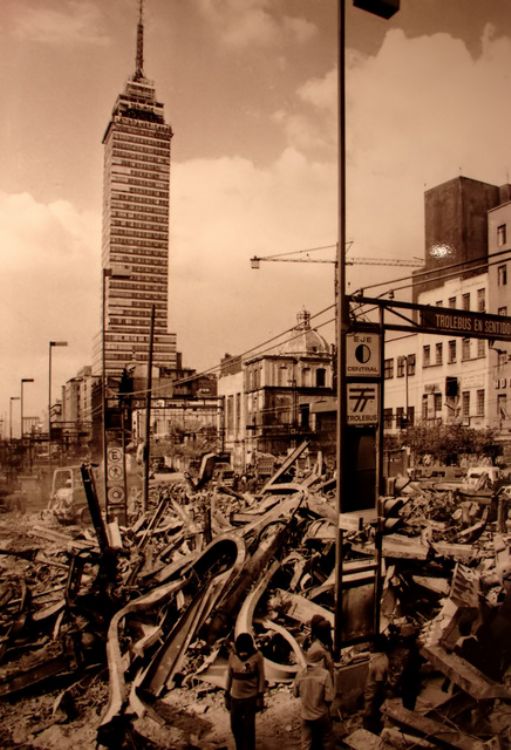
Undoubtedly, the centuries of human activity have left th...

The 2009 outbreak of Influenza A subtype H1N1 is a new ty...
